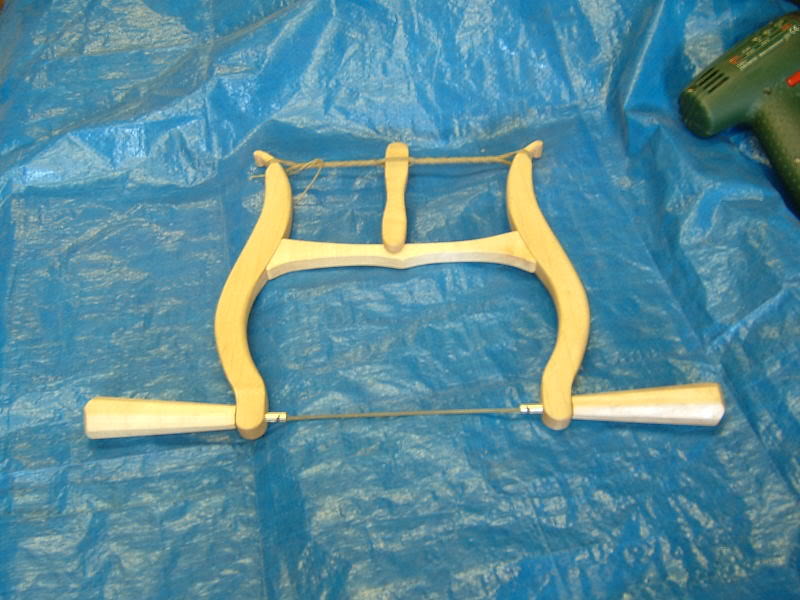ScaredyCat
Established Member
Winter is on the way, which means I have to pack the noisy tools away and start practicing with my hand tools again. I'm having some real issues with using a coping saw. I got a cheap Stanley one, £10 from Amazon I think, but I'm having real problems.
First of all I can't get it to turn, even gentle, corners without the handle rotating too moving the teeth out of the way and stopping the cutting. I think this might be caused because I can't seem to get the blade tight enough.
Anyone have some basic hints on setup and use?
.
First of all I can't get it to turn, even gentle, corners without the handle rotating too moving the teeth out of the way and stopping the cutting. I think this might be caused because I can't seem to get the blade tight enough.
Anyone have some basic hints on setup and use?
.


































